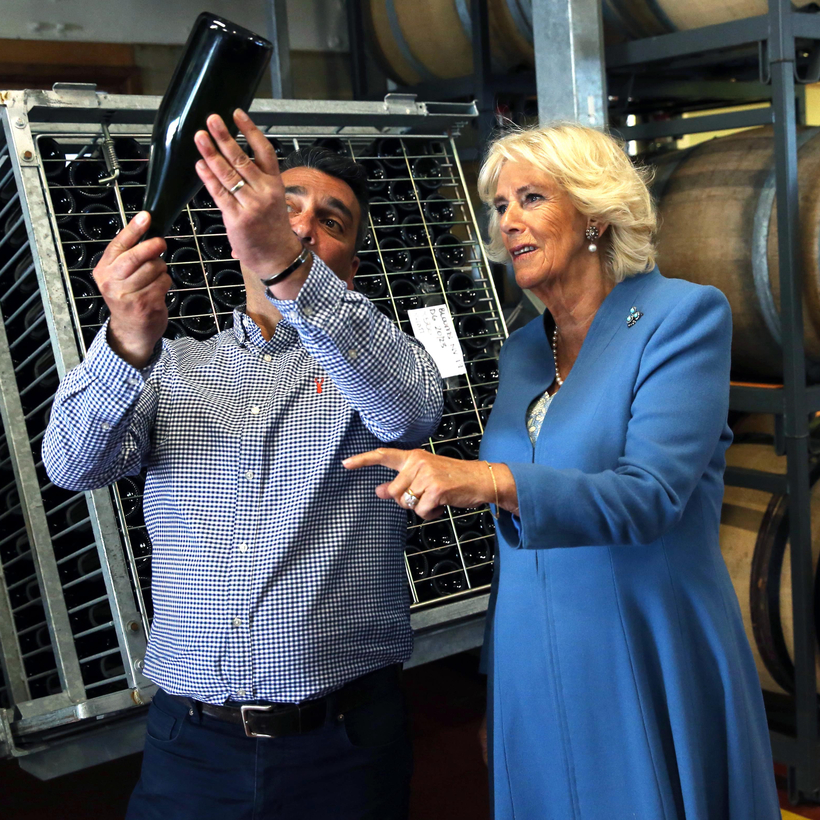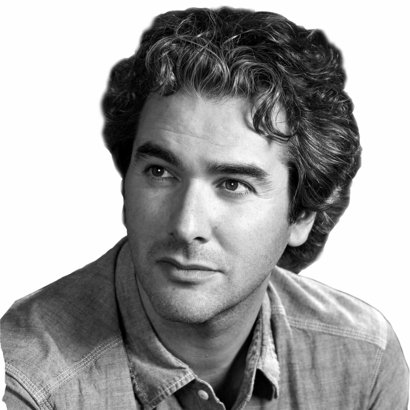When the late Queen Elizabeth II wanted to celebrate, she opted for English bubbles. Such a choice may seem patriotic but hardly pleasant. In the past, “British” has been to “wine” as it has been to “teeth.” But in recent years, with Great Britain’s temperatures soaring ever higher, the pink-faced denizens of that sweating sceptered isle are enjoying a refreshing side benefit to the roasting temperatures: a booming wine industry.
English wines won a record number of medals at the Decanter World Wine Awards in June. In part, this is the result of global warming. Rising temperatures, combined with chalky soil, have turned the country’s south coast into a dead ringer for the Champagne region. The French have taken notice. Taittinger has turned farmland in Kent into vineyards, and Pommery, which owns almost 100 acres in Hampshire, is now building a wine-making facility, or cuverie, amid its vines.

Yet while wines have been made in England since Roman times, the current flourishing is not homegrown. Rather it is the fruit of the efforts and foresight of Stuart and Sandra Moss, of Chicago. Stuart, who died in June, made his fortune in dental equipment. Sandra was an antiques dealer. While vacationing in England in the early 1980s, they thought it would be a hoot to try to make wines there, and in 1987 they bought a farm in the Sussex village of West Chiltington, called Nyetimber.
The house dated back to the 11th century and had once been owned by Henry VIII’s fourth wife, Anne of Cleves. But most importantly, it had perfect greensand soil. The pair had no wine-making knowledge—“We couldn’t even spell ‘bubbles,’” said Stuart—but with unsinkable optimism, they deemed it the ideal place to grow sparkling wines to challenge the best of Champagne.

Such blue-sky thinking was anathema to a people whose weather reports often characterize clouds by thickness and color. When the Mosses approached England’s Ministry of Agriculture, they were advised to grow apples. “We didn’t move 4,000 miles to grow apples!,” Stuart later recalled. When they buttonholed other British vintners who were growing cloyingly sweet German-style wines, the Mosses were condescendingly told that Chardonnay—the traditional grape for champagne—was impossible to grow in England.
“We got zero help from Britain,” said Stuart, “but you don’t tell a couple of Chicagoans it can’t be done.”
More Like Champagne than Champagne
Rather than listen to the native naysayers, the effervescent couple called on a French enologist to adjudge their prospects. Perhaps wanting to get one over on the stuck-up anglais, he encouraged the Mosses to move ahead. Sandra enrolled in a wine-making course, Stuart learned to drive tractors, and by 1988 they had planted their first 100,000 vines of Chardonnay, Pinot Noir, and Pinot Meunier grapes.
What the Mosses lacked in experience, they made up for in enthusiasm—Stuart hand-labeled the bottles himself—and money. Top-of-the-line equipment was shipped in from France, and while many British wine-makers sold young wines for a quick buck, the Mosses could allow their wines to sit in the lees for years and thus develop complex flavors.

Their first sparkling wine arrived in 1992. After aging in bottles for four years, it was released to the public in 1996. The Mosses organized a press tasting; not one wine critic came. Unperturbed, they entered their Blanc de Blancs in the 1997 International Wine & Spirit Competition, in London, one of the most prestigious wine competitions in the world. Against 43 other entries, they took gold for best sparkling wine. Their winning entry, said one critic, was “more like champagne than champagne.”
Fame followed swiftly, especially when the Queen served it at her golden-wedding-anniversary lunch, later that year. Indeed, Nyetimber was served at all her jubilee celebrations since. Seeing the Mosses’ success, the previously doubtful English vintners leapt on board the sparkling-wine bandwagon, ripping out their old German varietals and planting Chardonnay. There are now dozens of top-quality sparkling wines grown throughout the country.

After a decade, having established Nyetimber as the leading British winery, the Mosses declared their work done. They had proved everyone wrong and had “a blast while doing it.” They sold Nyetimber in 2008 to a Dutch shipping heir and moved to Santa Barbara. But when Stuart Moss died, there were few panegyrics from the British wine industry. Indeed, the new management of Nyetimber don’t even mention the Mosses on their Web site. Perhaps the British just cannot bring themselves to admit that their fast-growing industry was created by a plucky American couple. It all seems a bit like sour grapes.
George Pendle is an Editor at Large for AIR MAIL. His book Strange Angel: The Otherworldly Life of Rocket Scientist John Whiteside Parsons became a television series for CBS All Access. He is also the author of Death: A Life and Happy Failure, among other books


